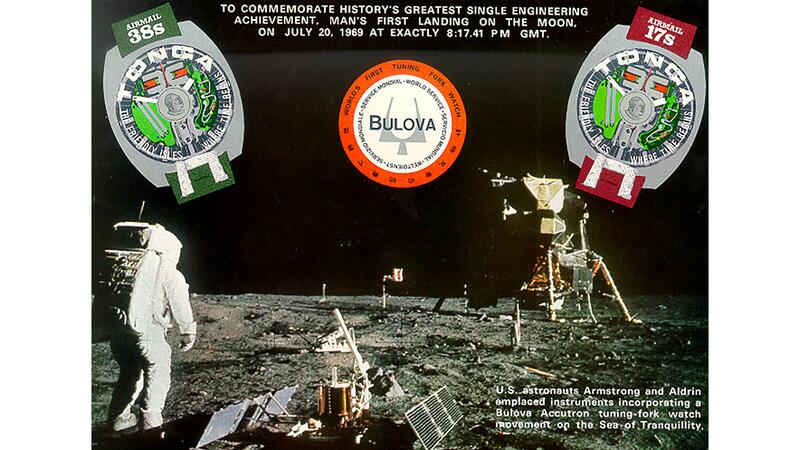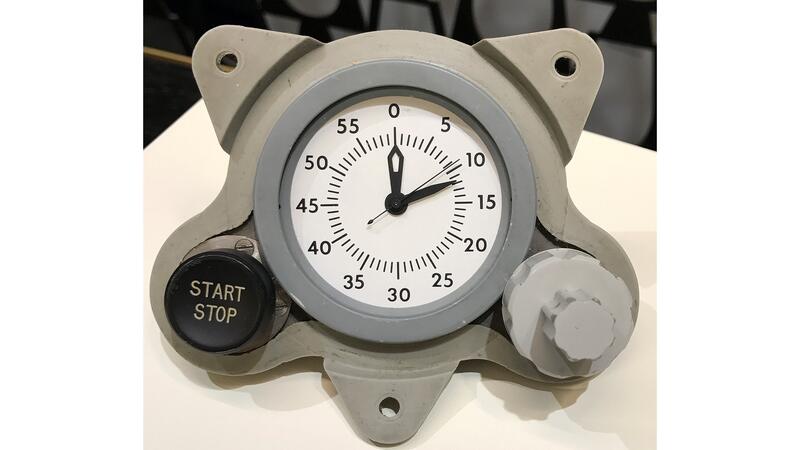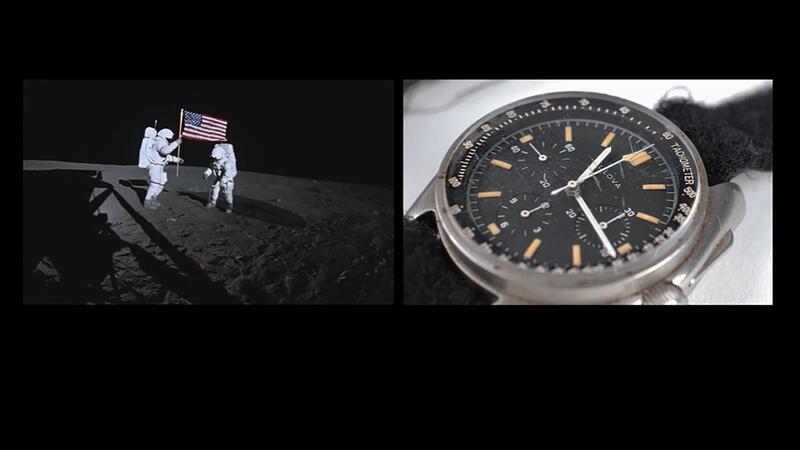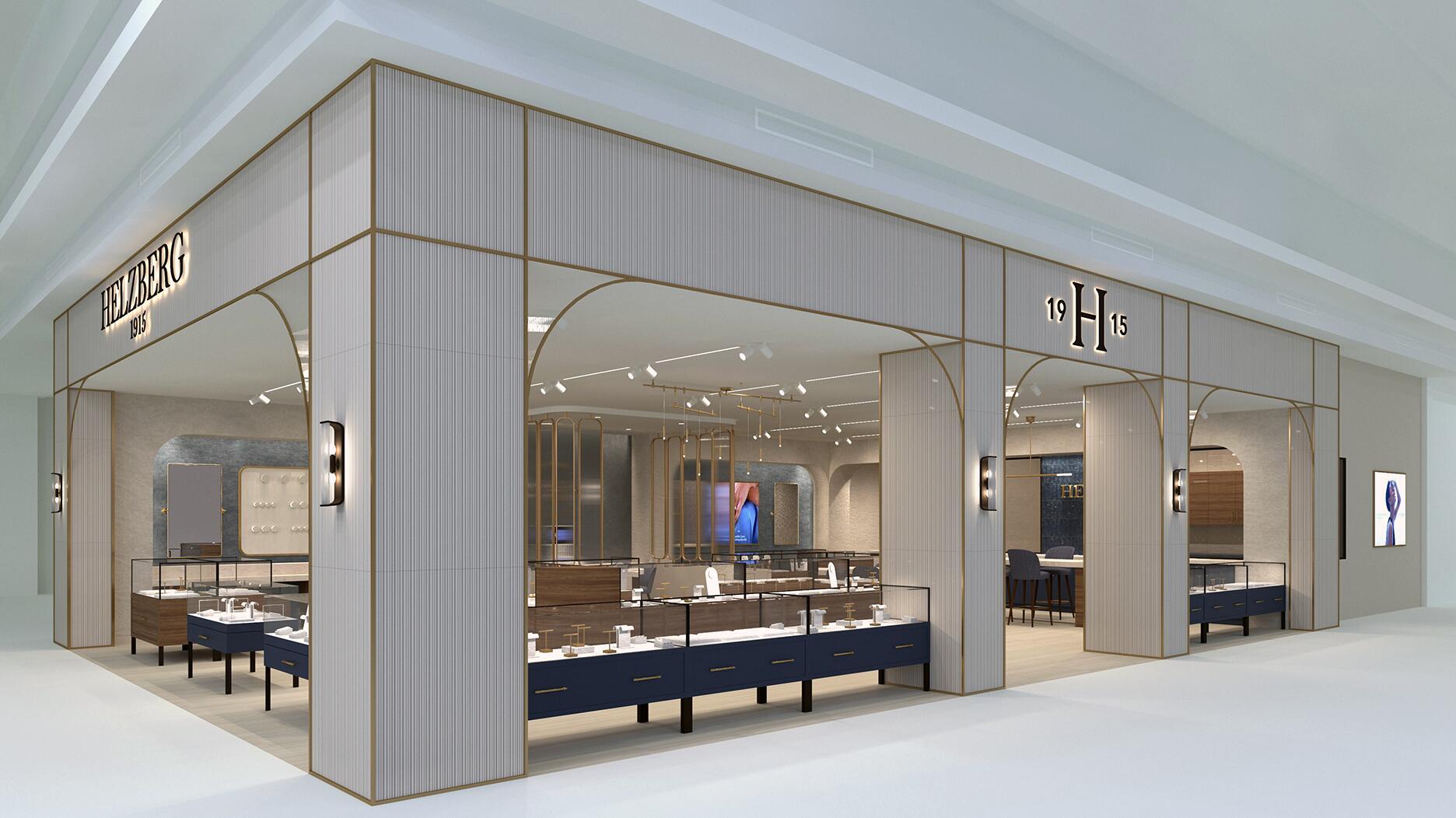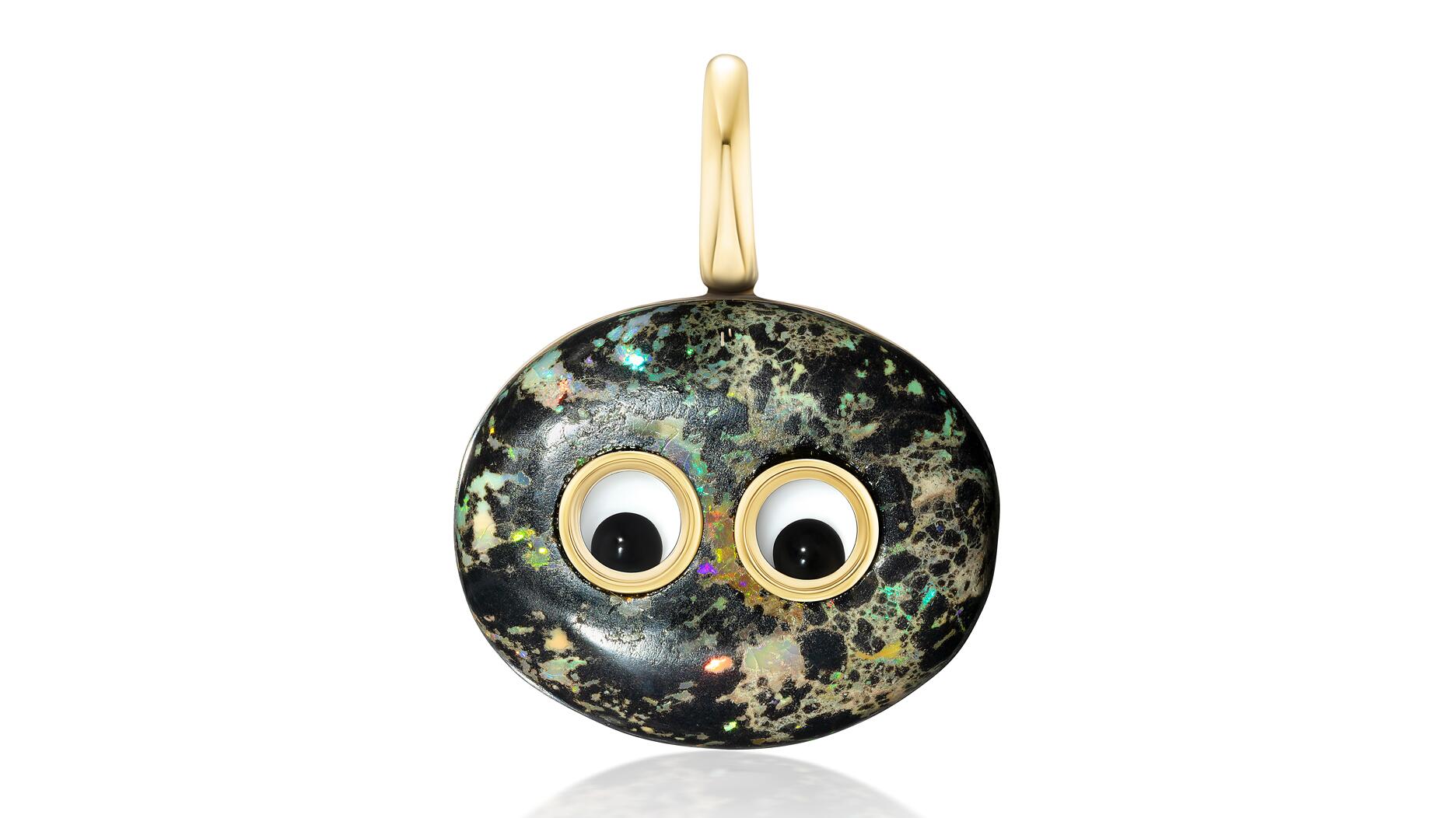This New Bulova Documentary Is Perfect for History Buffs Like Me
“America Telling Time: 150 Years of Bulova” dives into the watchmaker’s storied past, from its ad campaigns to the first women’s wristwatch.

I’ll confess, I’m not much of a watch girl, though I have great respect for the engineering and skill that goes into creating a timepiece.
The invite promised “an exclusive screening,” but I wasn’t sure what that entailed. I figured perhaps it was a new advertising campaign for its 150th anniversary, but I was mistaken.
Bulova has put together a fascinating documentary about its history, from its deep ties to New York City to its modern-day Japanese engineering.
Though I may not be a watch enthusiast—an anomaly in that packed theater—I am a history buff. And if you’re both, you’re going to want to see this film, titled “America Telling Time: 150 Years of Bulova.”
The hour-long documentary dives into the man behind the brand, Joseph Bulova, who was 19 when he emigrated from present-day Czech Republic to New York City.

In his opening remarks, Jeffrey Cohen, president of Citizen Watch America (the Citizen Watch Co. acquired Bulova in 2008), said, “150 years ago, Joseph Bulova began living his dream, right here in New York City, opening his first store on Maiden Lane.
“Fueled with passion, innovation, and creativity, Joseph and his son, Arde, and every one of the Bulova employees since have pushed new boundaries of possibilities of what a watch brand can offer today and for the future, while winning the hearts and minds of generations of many, many consumers across the world.”
After working for Charles Tiffany at Tiffany & Co., Joseph set up his own jewelry store on Maiden Lane, a stone’s throw from National Jeweler’s current offices, around 1875.
The film details how Joseph combined the best of both worlds, making the watches and jewelry he sold in his store in his Bienne, Switzerland factory, coupling Swiss precision with American design and affordability.
The watchmaking aspect of the film was interesting, but what stuck with me the most was Bulova’s history of firsts and the brand’s connection to women.
This may be old news to watch enthusiasts, but it was a refreshing takeaway when you consider what you may find if you start researching the history of some brands.

Bulova said it created the first collection of women’s wristwatches in 1917.
More commonly disguised as jewelry at the time, the addition gave women the opportunity to wear an accessory once exclusively available for men.
A woman also once headed Bulova’s factory in Switzerland.
In the documentary, the company also credits itself as creating the world’s first clock radio in 1928.

The film explores Bulova’s advertising history, which included some surprising firsts.
The company said it had the first national radio ad in 1926. It went like this: “10PM B-U-L-O-V-A, Bulova Watch Time. For supreme accuracy, expert design, and outstanding value, choose a Bulova, masterpiece of fine watchmaking. WEAF, New York.”
It also had the first paid television commercial in the United States. It aired on July 1, 1941, during a baseball game between the Brooklyn Dodgers and Philadelphia Phillies.
The watchmaker would go on to sponsor “The Frank Sinatra Show” (also known as “Bulova Watch Time”) that aired in the early 1950s, later creating an entire line of Frank Sinatra watches.

Sinatra’s daughter, Tina Sinatra, makes an appearance in the film to speak about her father’s connection to the brand and why the Sinatra family still works with Bulova to this day.
The company has had a number of other notable ads through the years featuring stars of the day like Burgess Meredith, Morgan Fairchild, Johnny Cash, and Muhammad Ali.

You’ll see a few recognizable industry faces in the film too, including watch journalists Roberta Naas and Barbara Palumbo.
For me, the most memorable ad campaign was the 1974 “Equal Pay, Equal Time” campaign, which debuted during one of several periods in time when the Equal Rights Amendment was up for debate.

Forty years later, there is still no amendment guaranteeing women equal treatment under the law, though efforts are ongoing. Thanks for trying, Bulova.
The documentary also delves into Bulova’s impact on U.S. history, including the role it played in World War II by producing aviation instruments, navigation clocks, and the A-11 pilot’s watch, also known as the “watch that won the war.”

Notably, Bulova made watches inspired by two aviation greats, Charles Lindbergh and Amelia Earhart.

Joseph’s son, Arde Bulova, founded the Joseph Bulova School of Watchmaking to assist war veterans with physical disabilities who were looking for work.
That initiative continues today with Bulova serving as a founding sponsor of the Veterans Watchmaking Initiative, located in Odessa, Delaware.
The documentary shares some of the students’ stories and what it means to them to have a purpose again after struggling to adjust to life post-service.
Bulova also has had an impact on space travel, sharing its engineering expertise with NASA during the age of U.S. space exploration.
The film shares the story of how a Bulova watch accidentally made it to the moon. No spoilers!
SEE: Bulova’s Space Travel Connection
But it’s also a fascinating look into one of the most notable companies in the industry.
The film premiered in New York City on Sept. 19., with simultaneous screenings in Latin America.
There will be two more screenings in Miami and Los Angeles later this year.
During the post-screening Q&A there was talk of a possible streaming option, though nothing has been confirmed. If you get a chance to see it, I highly recommend it.
If you can’t see the film, Bulova will continue to celebrate its milestone 150th anniversary through 2025, releasing limited-edition timepieces.
The Latest

The couple pleaded guilty to concealing at least $127 million in cash transactions at its precious metals businesses.

Consumers shared concerns about prices, inflation, tariffs, trade, and politics in the survey’s write-in response section.

In February 2026, the auction house will move its headquarters to the former Steinway Hall, a neoclassical landmark on Billionaires’ Row.

How Jewelers of America’s 20 Under 40 are leading to ensure a brighter future for the jewelry industry.

The new show will take place Jan. 23-25, 2026.


The former BHP Billiton leader and Gemfields chairman is remembered for his influential leadership throughout his 50-year mining career.

The LVMH-owned brand has partnered with the costume design union to revamp its award for 2026.

Roseco’s 704-page catalog showcases new lab-grown diamonds, findings, tools & more—available in print or interactive digital editions.

The luxury titan inked a deal to acquire an initial minority stake in the jewelry manufacturer with a pathway to full ownership by 2032.

The company’s curation of unsigned vintage and estate jewelry debuted at the Bloomingdale’s in Costa Mesa, California.

In the recent multi-shipment seizure, CBP also found counterfeit Audemars Piguet, Moncler, and Chrome Hearts items.

Jewelers of America execs and National Jeweler editors discuss tariffs, the sky-high gold price, and the engagement that broke the internet.

The luxury goods company said founder Ippolita Rostagno will remain at the brand’s helm.

Laura Burdese, who joined the Italian luxury brand in 2022, will take on the role in July.

Need a gift for the cat lover who has everything? Look no further than our latest Piece of the Week.

It purchased the “Grosse Pièce,” an ultra-complicated Audemars Piguet pocket watch from the ‘20s, for a record-breaking price at Sotheby’s.

The lab-grown diamond grower now offers custom engagement and fashion jewelry through its Kira Custom Lab Jewelry service.

Chandler got his start at Michelson Jewelers and has served as DCA president and CEO since 2001. He will retire at the end of the month.

The boutique is slated to open this week inside Terminal 8, offering pre-owned Rolex watches and more to international travelers.

Sponsored by Digital Monitoring Products

The special-edition egg pendant ingested in a New Zealand jewelry store was recovered after a six-day wait.

Associate Editor Natalie Francisco plays favorites with Piece of the Week, selecting a standout piece of jewelry from each month of 2025.

The “Love and Desire” campaign is inspired by the magic that follows when one’s heart leads the way, said the brand.

Two awardees will receive free tuition for an educational course at the Swiss lab, with flights and lodging included.

Berta de Pablos-Barbier will replace Alexander Lacik at the start of January, two months earlier than expected.

Sotheby’s held its first two jewelry sales at the Breuer building last week, and they totaled nearly $44 million.

Winners will receive free registration and lodging for its fourth annual event in Detroit.











